The effect of weight training exercises to increase the difficulty of the training unit on some functional variables and the concentration of mineral salts and movements on the balance beam in gymnastics for women
Main Article Content
Abstract
The aim of this research was to develop weight-bearing exercises to increase the difficulty of the training unit on some functional variables, concentrating on mineral salts, and movements on the balance beam in women's gymnastics. The experimental approach was used, and the research sample consisted of female gymnasts participating in the balance beam activity, affiliated with the Al-Waziriyah College of Physical Education and Sports Sciences, University of Baghdad. The most important conclusions were: Weight-bearing exercises to increase the difficulty of the training unit achieved the training objective, especially the functional and physiological aspects, which are important in developing functional variables, concentrating on mineral salts, and movements on the balance beam in women's gymnastics. The most important recommendations were: Adopting weight-bearing exercises to increase the difficulty of the training unit, as they achieved the training objective, especially the functional and physiological aspects, which are important in developing functional variables, concentrating on mineral salts, and movements on the balance beam in women's gymnastics
Article Details

This work is licensed under a Creative Commons Attribution-NonCommercial 4.0 International License.
References
Abdel Fattah, A. A.-E. A. (1997). Sports training, physiological foundations (1st edition, p. 196). Dar Al-Fikr Al-Arabi.
Abdel-Fattah, A.-U. A., & Hassanein, M. S. (1997). Mathematical Physiology and Morphology, Measurement and Evaluation Methods (1st Edition, p. 220). Dar Al-Fikr Al-Arabi.
Alawi, H. H., & Abdel Fattah, A. A. (1984). Physiology of sports training (p. 353). Dar Al-Fikr Al-Arabi.
Al-Diwan, L. H. M. (1992). The relationship of some elements of physical fitness to the level of skill performance on gymnastics equipment. Albasrah University, 1–68. https://doi.org/ 10.13140/RG.2.2.21844.37764
Al-kubaisi, R. S., Chelab, S. H., & Al-Duleimi, L. Z. M. (2014). The Relationship of Enzyme (CPK) with Speed of Motor Response on the Defense skills of The Volleyball. College Of Basic Education Researches Journal, 13(1).
Al-Qat, M. A. (1999). Functions of training members - an applied introduction (p. 86). Dar Al-Fikr Al-Arabi.
Al-Tarfi, A. S. (2013). Applied tests in physical education-physical-motor–skill. Baghdad, Al-Nour Office.
Guyton, A. C. M. D. (2006). Text book of medical physiology. China.
Khalaf, H. H., Hassan, M. M., & Ahmed, M. S. (2024). The Effect of Seven Mental Training Sessions on Developing Roundoff and Back Handspring Skills on Men’s Artistic Gymnastics. Asian Journal of Sports Medicine, 15(4).
Moseekh, L. Z. (2022). The effect of complex anaerobic exercises in developing speed and performance of some technical skills in volleyball. Sciences Journal Of Physical Education, 15(Conference 8-1).
Moseekh, L. Z., & Saleh, R. S. (2021). The effect of anaerobic endurance exercises on developing some special physical abilities of young football players (16-18 years old). International Journal of Sports Science, 3(6), 29–40. https://doi.org/DOI:https://doi.org/10.71377/2crz0p79
Muhammad, N. al-D. R. (1998). Methods of Measuring Physical Effort in Sports (1st ed, p. 162). Kitab Publishing Center.
Mushref, A. J., Bdaiwi, A. B., & Shabeeb, S. S. (2024). The impact of a learner-centered strategy on the development of several mental abilities and the learning of some artistic gymnastics skills in students. Al-Rafidain Journal for Sports Sciences, 27(85).
Nasser, M. F., & Hashem, I. A.-Z. (1989). Clinical Biochemistry (p. 293). Higher Education Press.





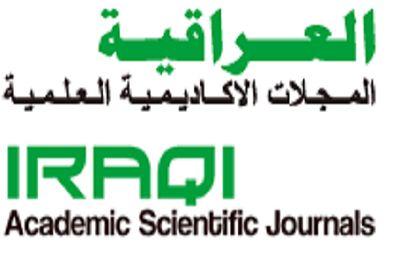 IASJ
IASJ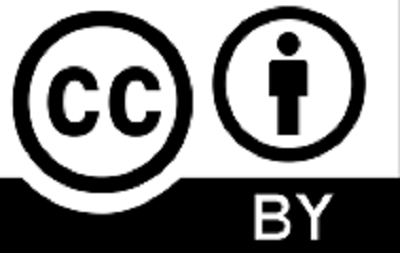 CC-BY-4.0
CC-BY-4.0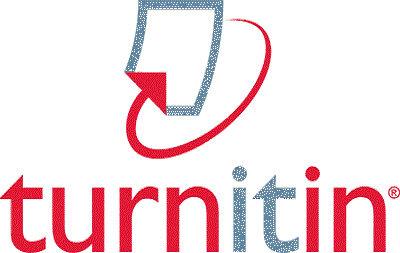 turnitin
turnitin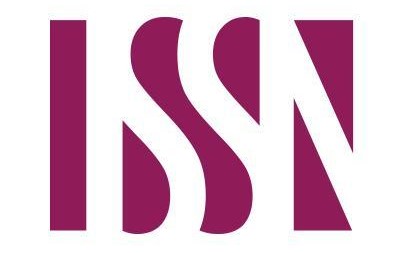 ISSN
ISSN DOAJ
DOAJ Crossref
Crossref GoogleScholar
GoogleScholar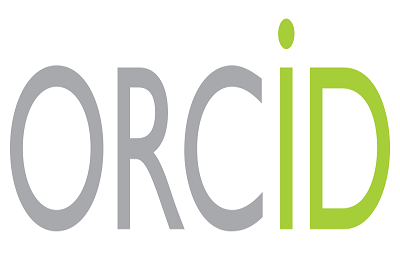 Orcid
Orcid